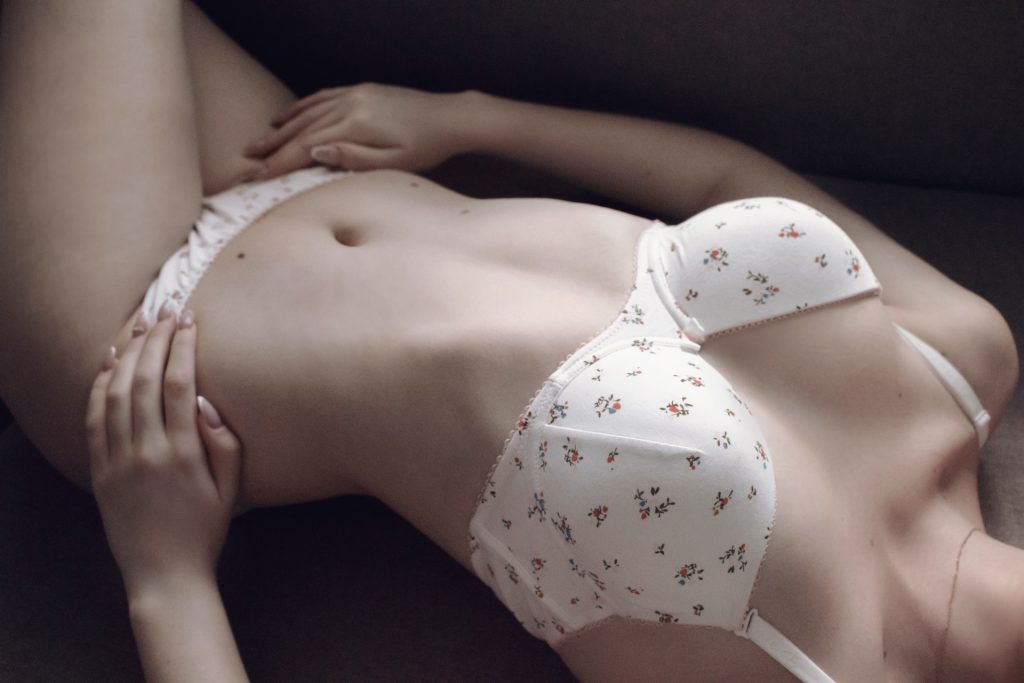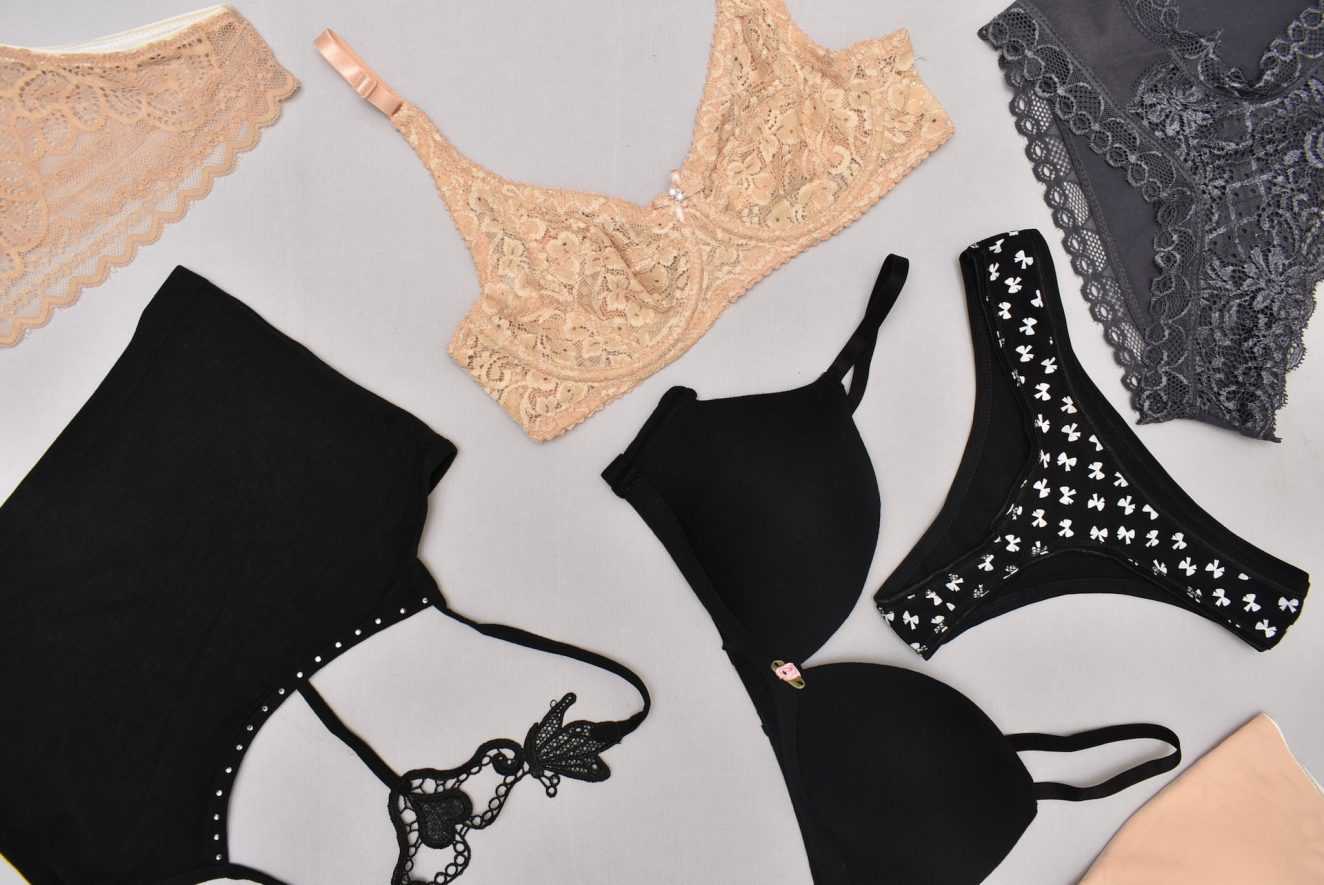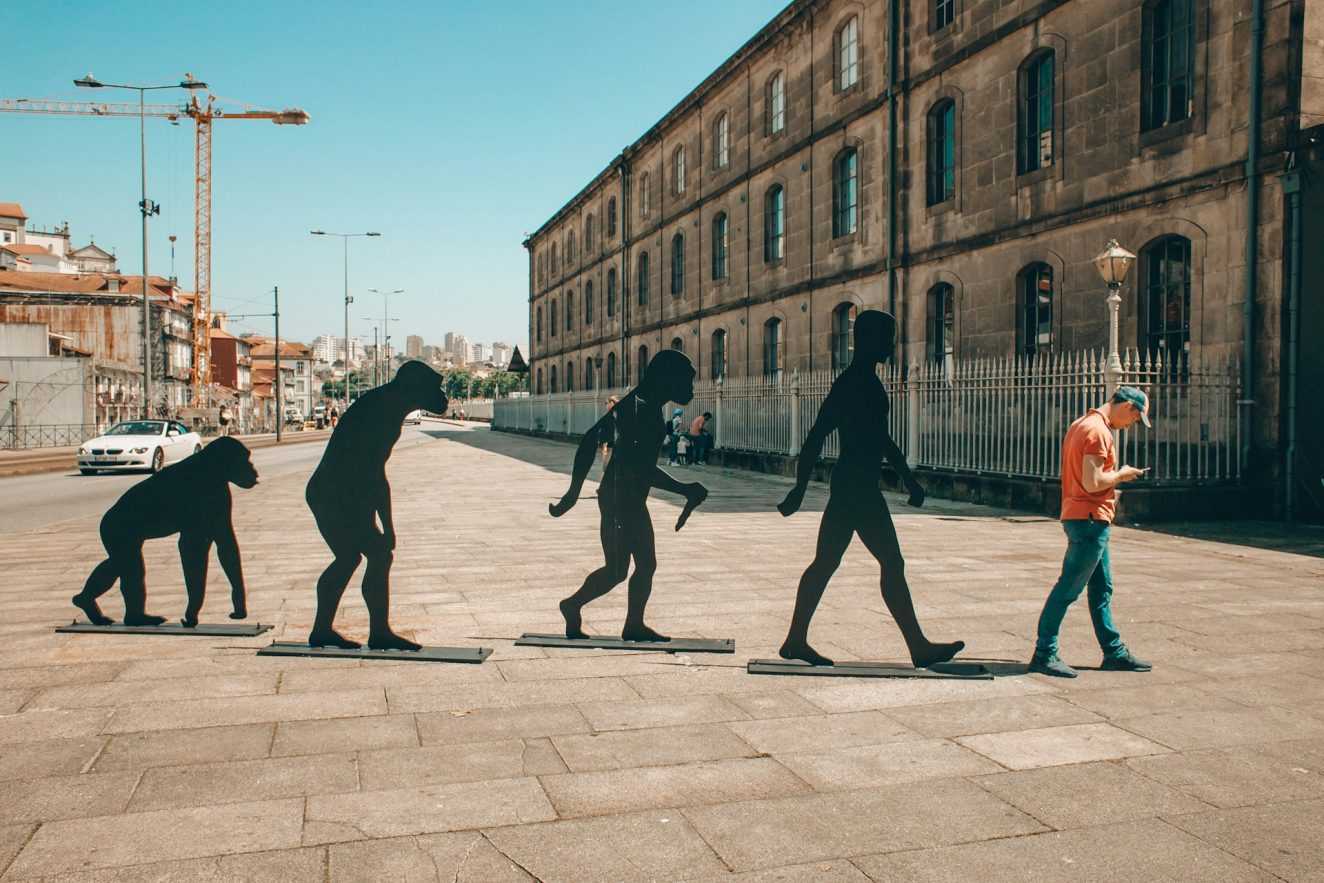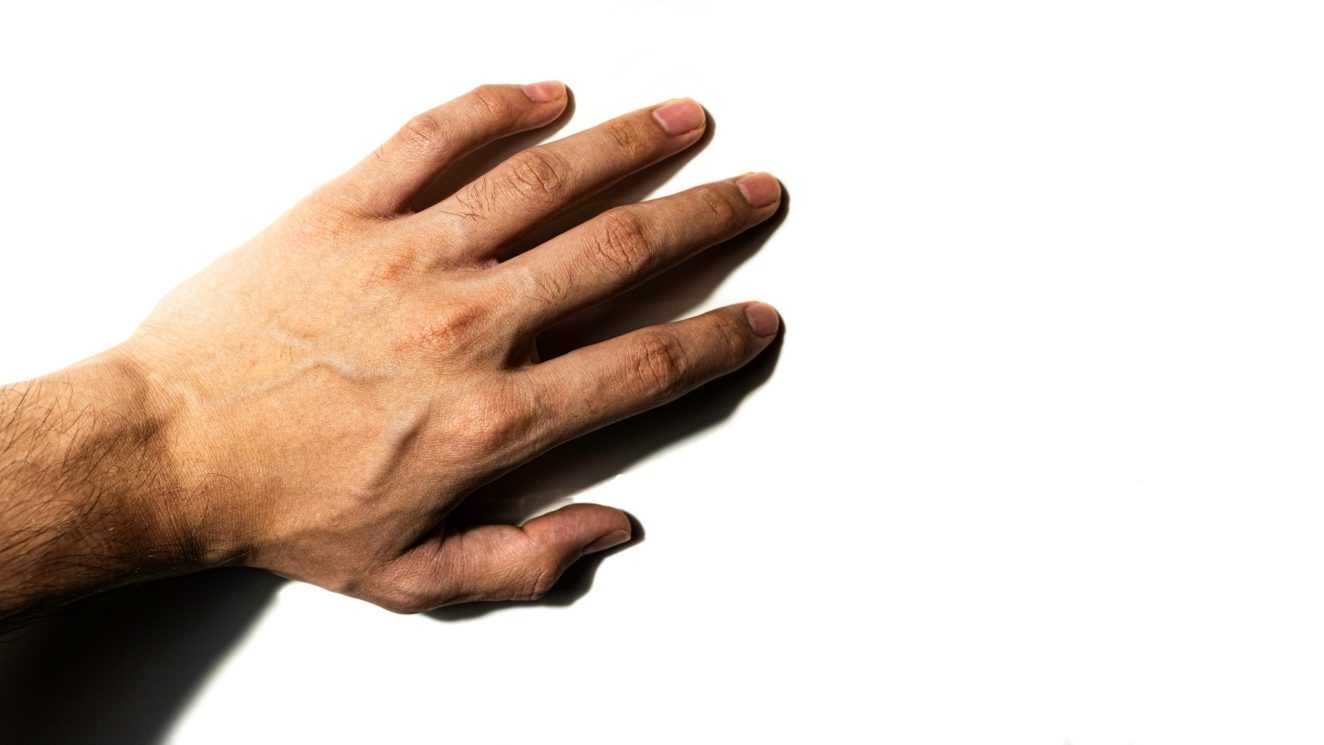Clothing, a seemingly normal aspect of our daily lives, is a mirror reflecting the complex interplay between societal norms, cultural shifts, and individual expression. In this journey through time and across cultures, let’s discover the fascinating history of underwear—an intimate garment whose significance extends beyond mere functionality.

Cultural Variations in Modesty
The concept of clothing being private or public, modest or revealing, is a fluid notion molded by time and culture. In tribal societies untouched by Western influence, the absence of specific undergarments is evident. Anthropologist Ted Polhemus highlights the example of the loincloth—a garment in direct contact with the wearer’s genitals yet open to public view. In close-knit communities, where everyone’s details are known, intimacy is acceptable. However, as societies grow larger and more anonymous, the need for privacy transforms underwear into a shield against open scrutiny.
Ancient Egypt
The history of underwear takes us back to ancient Egypt, where the idea of a second layer of clothing beneath the decorative outer garments emerged. This inner layer, initially a status symbol, paved the way for a more complex evolution of undergarments.
European Shift
In Europe and North America, the evolution of underwear gained momentum as societal attitudes toward nudity transformed from commonplace to taboo. Until the 19th century, underwear served primarily practical functions—protecting outer garments and providing insulation. Unisex linen shifts with no erotic connotations were the norm.

Gendered Underwear
The 19th century witnessed a paradigm shift as fashion became more gendered. While men’s underwear retained practicality with cotton as the staple material, women’s underwear transformed into an erotic exoskeleton. The corset, evolving from 14th-century linen tunics, became a tool to compress waists and highlight breasts and hips. Underwear became a paradox—concealing and revealing erogenous zones simultaneously.
The 20th Century
The 20th century marked a departure from the unisex, classless nature of early underwear. Women’s undergarments became elaborate, adhering to strict codes of sexual etiquette. The accidental exposure of underwear became as mortifying as revealing the naked body itself.
In 1913, Mary Phelps Jacob introduced one of the first modern bras, revolutionizing women’s underwear. The 1930s saw the advent of the Jockey Y-front design for men and the acceptance of boxer shorts. The 1960s embraced colorful, synthetic underwear, and by the 1980s, a more fashion-conscious male consumer, the “New Man,” emerged.
Reimagining Masculinity and Femininity
Calvin Klein’s 1993 advertising campaign featuring Mark Wahlberg redefined masculinity, showcasing a semi-clad, sexually empowered male figure. The bra not only supported breasts but created a cleavage—a constructed erogenous zone. Underwear disguised the messy reality of bodily functions while creating illusions of modesty.
Sports, Health, and Shifting Trends
The 1980s witnessed the rise of athletic-inspired underwear, reflecting an era of fitness ideals. The sports bra, invented by Hinda Miller in 1977, became a cultural icon, symbolizing a healthy lifestyle. The 21st century brought body control to the forefront of underwear design, aligning with society’s obsession with body engineering.

Underwear, once unmentionable, has transcended into a thing of fashion statements. Renowned designers and celebrities endorse and launch underwear lines, turning what was once concealed into a visible part of personal style. The cultural shift towards body positivity coexists with the popularity of body-shaping undergarments, embodying the paradoxical nature of contemporary underwear.
In the intimate side of fashion, underwear has journeyed from practicality and modesty to becoming a canvas for societal ideals and individual expression. As we continue to evolve, so does the story of our most personal garments—telling tales of modesty, rebellion, and the ever-changing back and forth between the seen and the concealed.





